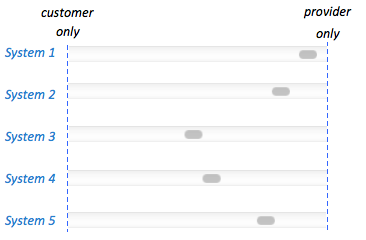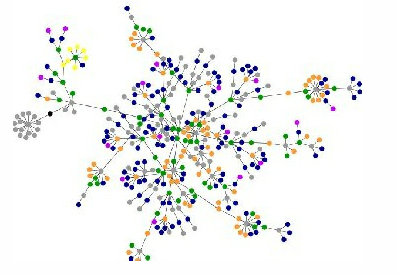Service Transformation Tool
Servitization Challenges
Services occupy an increasingly important place in the product offering of manufacturing firms. Service transformation is the journey of a firm/business unit from selling exchangeable offerings to being an outcome-focused co-creator of value with the customer (Ng and Briscoe, 2011). For an established organisation, service transformation is difficult, costly and risky. Manufacturing firms - especially large ones - that have "servitized" have seen lower profits as a percentage of sales and have been more likely to go bankrupt, across developed economies (Neely, 2008).
The STT tool is based on the Viable Systems Model (Beer, 1972) and helps a customer and a provider re-specify the boundary between them as well as their co-creation systems. The tool consists of several modules, mostly Excel-based, which automate data analysis and reporting. It is geared toward equipment-based manufacturers, who provide services such as maintenance and training.

Data collection device from the Value Stream Activity Capture tool
Tool Modules
One part of the tool allows the user to capture Value Stream Activities (VSA) in order to build a database model (of who is involved in value streams in different systems and of the level of collaboration between firm and customer) which can be queried and visualised. Another module surveys and reports on homeostats, or disturbances, in the co-creating system. A third part of the tool pending further tests is a survey mapping informal social relationships (i.e., social resources) onto the system's workflow network. Finally, a Service Report module allows users to generate a full diagnostic report of all findings, including root-cause analysis.

Workflow system map
